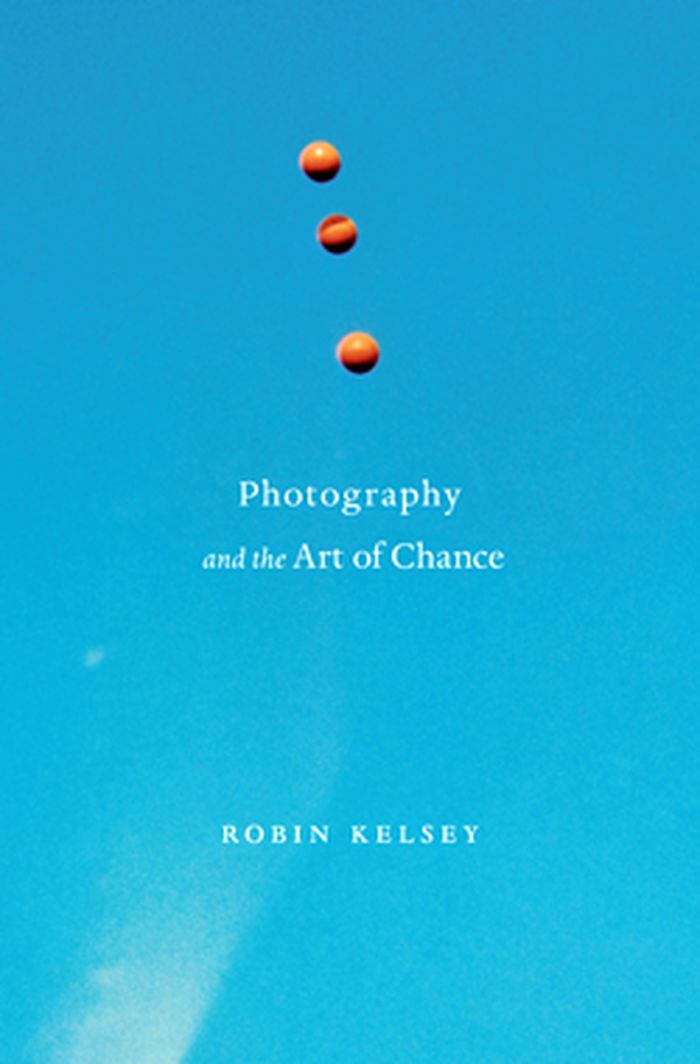$45.00
(available to order)
Summary:
Photography has a unique relationship to chance. Anyone who has wielded a camera has taken a picture ruined by an ill-timed blink or enhanced by an unexpected gesture or expression. Although this proneness to chance may amuse the casual photographer, Robin Kelsey points out that historically it has been a mixed blessing for those seeking to make photographic art. On the(...)
Photography and the art of chance
Actions:
Price:
$45.00
(available to order)
Summary:
Photography has a unique relationship to chance. Anyone who has wielded a camera has taken a picture ruined by an ill-timed blink or enhanced by an unexpected gesture or expression. Although this proneness to chance may amuse the casual photographer, Robin Kelsey points out that historically it has been a mixed blessing for those seeking to make photographic art. On the one hand, it has weakened the bond between maker and picture, calling into question what a photograph can be said to say. On the other hand, it has given photography an extraordinary capacity to represent the unpredictable dynamism of modern life. By delving into these matters, Photography and the Art of Chance transforms our understanding of photography and the work of some of its most brilliant practitioners.
Theory of Photography
books
$54.95
(available to order)
Summary:
This imaginative study of American visual culture reveals how the political predicaments of a few small bureaucracies once fostered pictures of an extraordinary style. U.S. geographical and geological surveys of the late nineteenth century produced photographs and drawings of topography, American Indians, geologic features, botanical specimens, and specialists at work in(...)
Theory of Photography
June 2007, Berkeley, Los Angeles, London
Archive style : photographs & illustrations for U.S. surveys, 1850-1890
Actions:
Price:
$54.95
(available to order)
Summary:
This imaginative study of American visual culture reveals how the political predicaments of a few small bureaucracies once fostered pictures of an extraordinary style. U.S. geographical and geological surveys of the late nineteenth century produced photographs and drawings of topography, American Indians, geologic features, botanical specimens, and specialists at work in the field. Some of these pictures have long been celebrated for their anticipation of a modernist aesthetic, but Robin Kelsey, in this abundantly illustrated volume, traces their modernistic qualities to archival ingenuity. The technical and promotional needs of surveys, Kelsey argues, fostered the emergence of a taut, graphic pictorial style that imitated the informational clarity of diagrams and maps. As this book demonstrates, these pictures became sites of struggle as well as innovation when three brilliant survey artists and photographers subtly resisted the programs they were hired to serve. Discovering a politics of style behind the modernist look of survey pictures, Kelsey offers a fresh interpretation of canonical western expedition photographs by Timothy H. O'Sullivan and introduces two exceptional but largely forgotten sets of pictures: views of the U.S.-Mexico boundary from the 1850s by Arthur Schott and photographs of the Charleston earthquake of 1886 by C. C. Jones.
books
June 2007, Berkeley, Los Angeles, London
Theory of Photography
